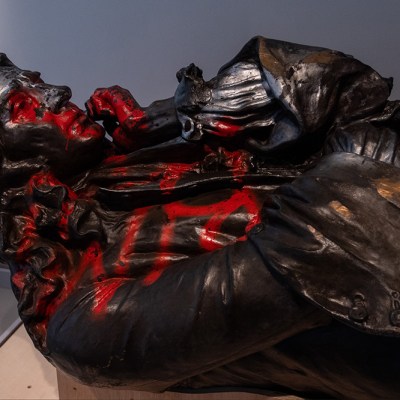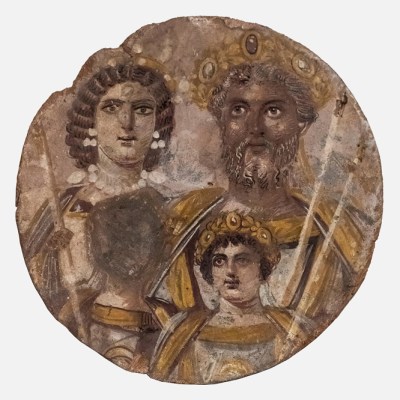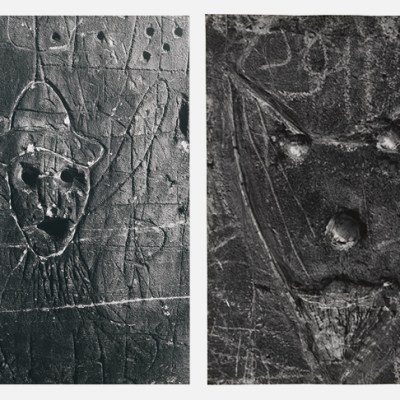Introducing Rakewell, Apollo’s wandering eye on the art world. Look out for regular posts taking a rakish perspective on art and museum stories.
Our past dashes through certain precarious situations sometimes mean that we view the presence of the police uneasily. Yet it was with a sense of quiet astonishment that we noticed law enforcers standing idly by as a man took a hammer to Eric Gill’s statue of Prospero and Ariel because of distressing details about his personal life earlier this week. Eventually the man was arrested but not before considerable damage was done to the poor, tender work.
Rakewell is reminded that artworks, for all their beauty, can frequently come up against the damaging hands of the public. Stories of such vandalism are peculiarly compelling in their own right, so it is with mixed feelings that we remember some of the more prominent attacks through history.
We can never quite shake the feeling we experienced when we stood in front of Ilya Repin’s Ivan the Terrible and his son Ivan: 16 November 1581 in the Tretyakov Gallery and were told about the attack by Abram Balashev in 1913. This violent slashing was carried out in the name of peace – a position that Repin would have supported.
Ivan the Terrible and His Son Ivan on November 16th, 1581 (1885), Ilya Repin. State Tretyakov Gallery, Moscow

Canadian suffragette Mary Richardson committed a similar attack against the poor Rokeby Venus in London’s National Gallery in 1914. She went at it with a cleaver and later declared: ‘I have tried to destroy the picture of the most beautiful woman in mythological history as a protest against the Government for destroying Mrs Pankhurst, who is the most beautiful character in modern history.’
The Toilet of Venus (“The Rokeby Venus”) (1644), Diego Velázquez. National Gallery, London
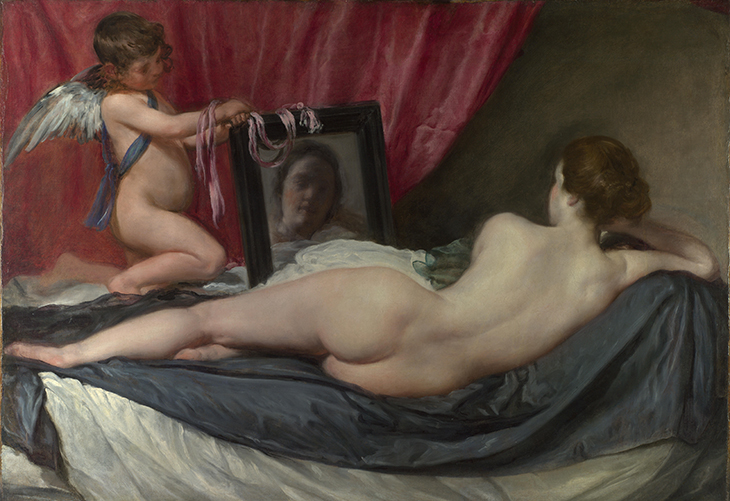
In the Rijksmuseum, The Night Watch by Rembrandt has been the victim of more than one attempted assault. In 1911 a navy cook tried to cut it but the varnish proved too thick for his knife. It was less fortunate in 1975 when William de Rijk cut zigzag lines through the painting.
In an act redolent of what occurred outside Broadcasting House there was an extraordinary assault against Michelangelo’s David in Florence in 1991 when a man took a hammer to David’s toe before he was restrained. Still, that had a small silver lining as scholars were then able to determine the quarry from which the marble came.
Michelangelo’s marble statue of ‘David’, pictured at the Galleria dell’Accademia in Florence on 24 May 2004. Vincenzo Pinto/AFP/Getty Images
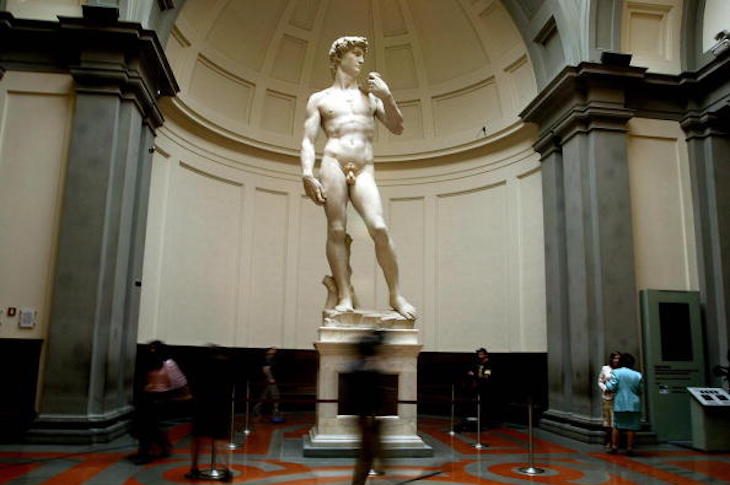
More recently, Marcus Harvey’s portrait of Myra Hindley Myra was attacked with eggs and red and blue ink when the ‘Sensation’ exhibition opened at the Royal Academy in 1997.
Rakewell is in no position to judge the motives behind these attacks, though we are of course aware of the passions art can conjure. We might humbly suggest, however, that the law intervene as quickly as possible so that the art remains to summon complicated feelings in as many future generations as possible.
Got a story for Rakewell? Get in touch at rakewell@apollomag.com or via @Rakewelltweets.


